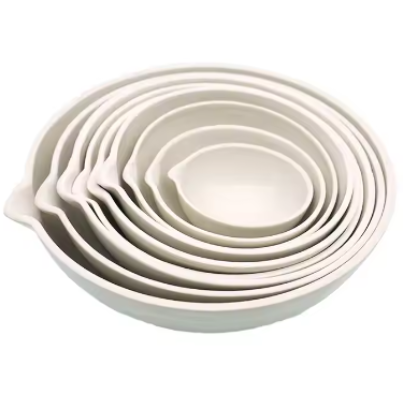Professional Premium Aluminum Oxide Products Supplier
When aluminium oxygen is given to a white flame, it reacts with 4Al+ 3O2 to give 2Al2O3.
Aluminium oxide, or Al2O3, has an important range of applications. It is used as an adsorbent, a desiccant, and as a catalyst. It is also an insulator.
It is a chemical reagent that comes from various minerals. Bauxite is the main source of aluminium oxide. It is used in the production of aluminum metal and other products.
The crystalline form of aluminium oxide, corundum (aluminum(II) oxide), is a highly hard material that is used as an abrasive and as a component in cutting tools. It is also an important refractory material for lining furnaces, kilns, incinerators, and other high-temperature appliances.
This crystalline form can be formed at temperatures between about 2000 and 2072°C. Its trigonal lattice is characterized by ABAB stacking of oxygen planes with Al3+ ions filling two-thirds of the octahedral interstitial sites.
Aluminium oxide is an ionic substance with several polymorphs. The most common are a-, g-, and th-aluminum oxides. There are reports of over 20 minor crystalline phases, some involving trace impurities such as iron, titanium, and silicon.

